Kopytka Recipe – Traditional Polish Potato Dumplings
These diamond-shaped Polish dumplings or “little hooves” made of mashed potatoes are the perfect replacement for rice, pasta, or bread. They go perfectly with some meaty dishes or even with some tasty golabki.
Kopytka, literally “little hooves”, are one of the most traditional Polish dumplings – in a way they’re similar to Italian gnocchi, some even ask for Polish gnocchi. You can find them at most restaurants and they often make an appearance at many Polish homes.
These days most Polish meals have to contain potatoes – whether they’re boiled, fried, mashed, in a soup, or in the form of potato pancakes, or in this delicious kopytka. Many Poles would argue that a meal without potatoes is incomplete.
How did they come about?
Potatoes were brought to Poland by King Jan III Sobieski who first planted them in the 1680s.
From potatoes on their own Poles invented many different variations of the potato kluski – dumplings in all forms and shapes.

How to Serve Kopytka?
Kids love them, adults love them – there’s really nothing not to love about them as they can be served as both a savory or a sweet dish.
These Polish potato dumplings can be served as a main meal with a topping or a side dish.
The most typical topping is simply a generous amount of butter and breadcrumbs, goulash (Polish: gulasz), or greaves.
My personal favorite topping is a wild mushroom or chanterelle sauce.
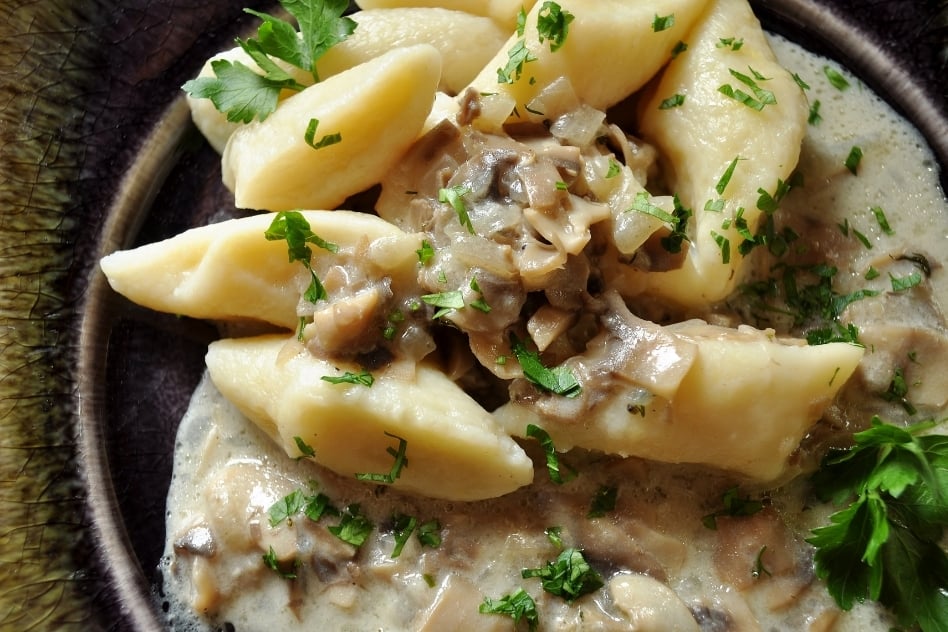
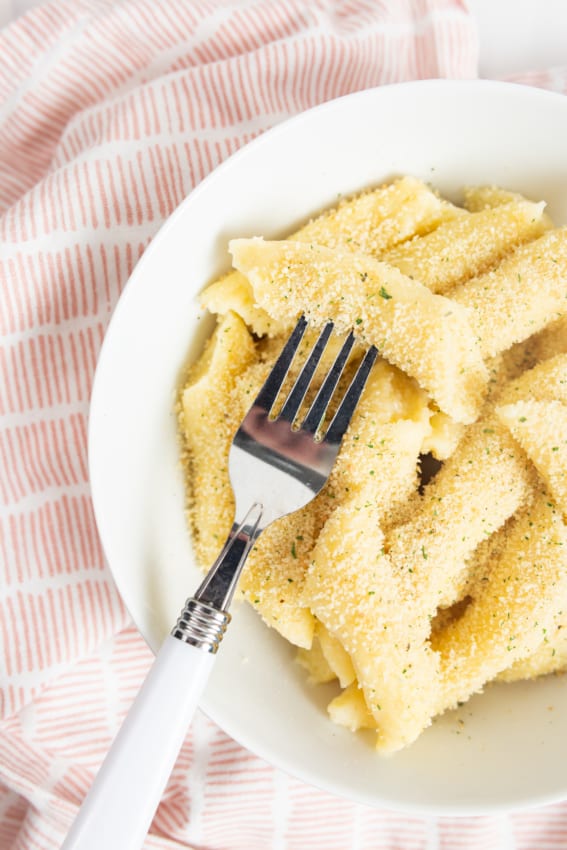
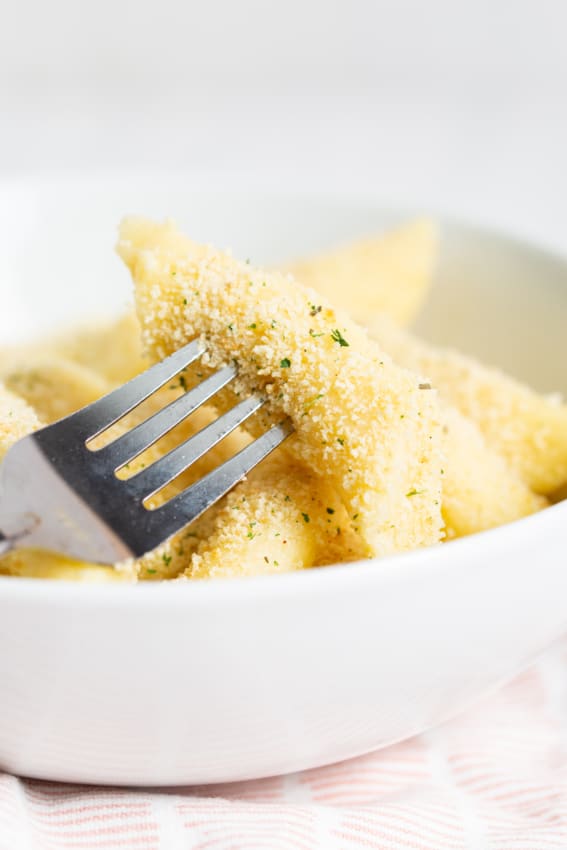
Recipe Notes for Polish Potato Dumplings
- Test your potatoes while cooking so that they don’t get overcooked or they’ll be too wet when making the dumplings.
- A potato ricer will work much better than a potato masher to make the potatoes silky smooth.
- Never used leftover mashed potatoes for kopytka or it won’t become light and airy.
- Top with sauteed garlic, finely chopped onions, or mushrooms.
- You can serve the potato dumplings topped with a gravy, sauerkraut, pork rinds, fried kielbasa, or with some traditional golabki.
- To turn the kopytka into a dessert, serve with cinnamon, jam, cheese, whipped cream, or simply melted butter and sugar.

FAQs for Kopytka Recipe
Take into consideration that the color of your kopytka depends on the potatoes it’s made from. So they might be more or less yellow than those you have seen in restaurants or might have eaten in Poland.
Yes, a potato ricer is a must. I tried the one from Bath, Bed & Beyond and it was awful, so its best to avoid it. If you’re looking to purchase your potato ricer I recommend this one.
Lighter potatoes such as Russet big potatoes are the best to use.
Although Kopytka look a lot like gnocchi dough, they’re quite different. The Polish kopytka are diamond-shaped to resemble animal hooves while the Italian gnocchi are shaped like cylinders with ridges.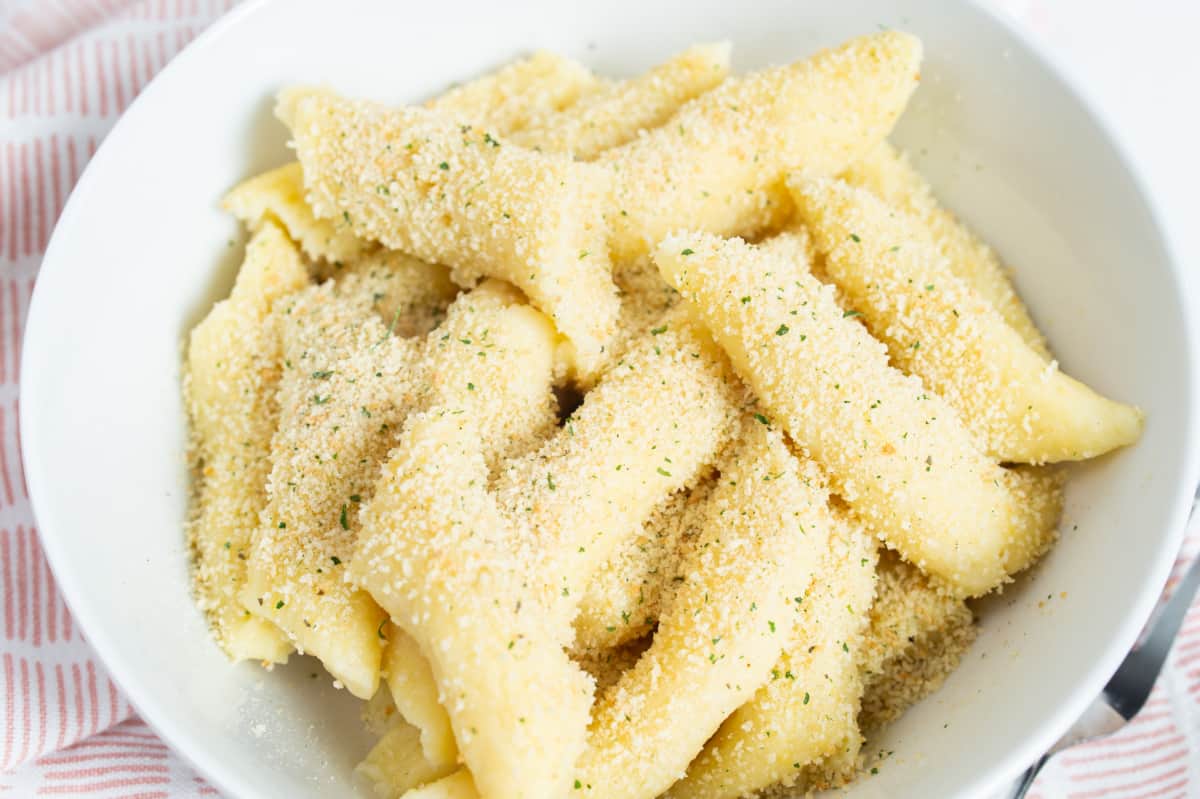
Kluski is the name given to any and all mushy Polish dumplings. Kopytka are a type of kluski. The other types of kluski include pyzy ziemniaczane, kluski slaskie, pampuchy, and kluski lane.
To make green kopytka, you need to add spinach to the recipe. If you’re planning on doing this, make sure the spinach is very finely chopped. You could actually even buy the blended frozen spinach.
Of course, but remember to boil everything once you make it, regardless of whether you want to eat them immediately or not.
To reheat the kopytka simply reboil them for 2-3 minutes. Don’t reheat them in a microwave or they’ll become very dry. Alternatively, you could fry the kopytka in a bit of butter or oil.

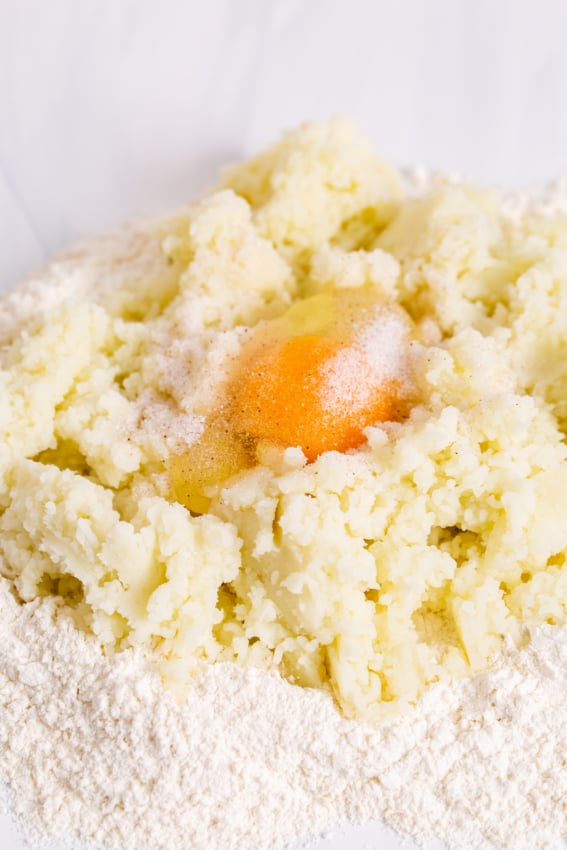


Kopytka: Polish Potato Dumplings

These diamond-shaped Polish dumplings or "little hooves" made of mashed potatoes are the perfect replacement for rice, pasta, or bread. They go perfectly with some meaty dishes or even with some tasty golabki.
Ingredients
- 2 lbs of peeled potatoes
- 9 full spoons of flour (about 0.5 lbs)
- 1 egg
- 1/2 spoon of salt
Instructions
- Peel potatoes and cook them fully.
- Before they fully cool down, press down with a potato ricer (it's easier to press them when they're still warm.
- Spread the flour on the kitchen table, then place the potato mass on top. Place egg and salt on top.
- Make a smooth dough with your hands. Don't leave any lumps in the mass.
- Prepare a big pot and bring the water to boil.
- Meanwhile, place 1/4 of the dough for dumplings on a floured board and roll it out with your hands into a string about 2 cm thick. Use a knife to cut neat hooves about 1.5-2 cm long.
- Move prepared hooves to the boiling water and cook them for about 90 seconds after they come out to the top of the water. Repeat the process with all other portions.
- Serve with a topping of your choice (see the post).
Notes
If you'd like to get creative you can add finely chopped and cooked spinach with garlic to the dough.
Nutrition Information:
Yield:
5Amount Per Serving: Calories: 365


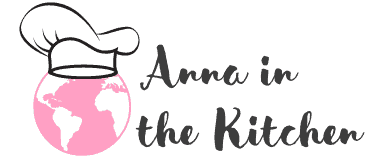
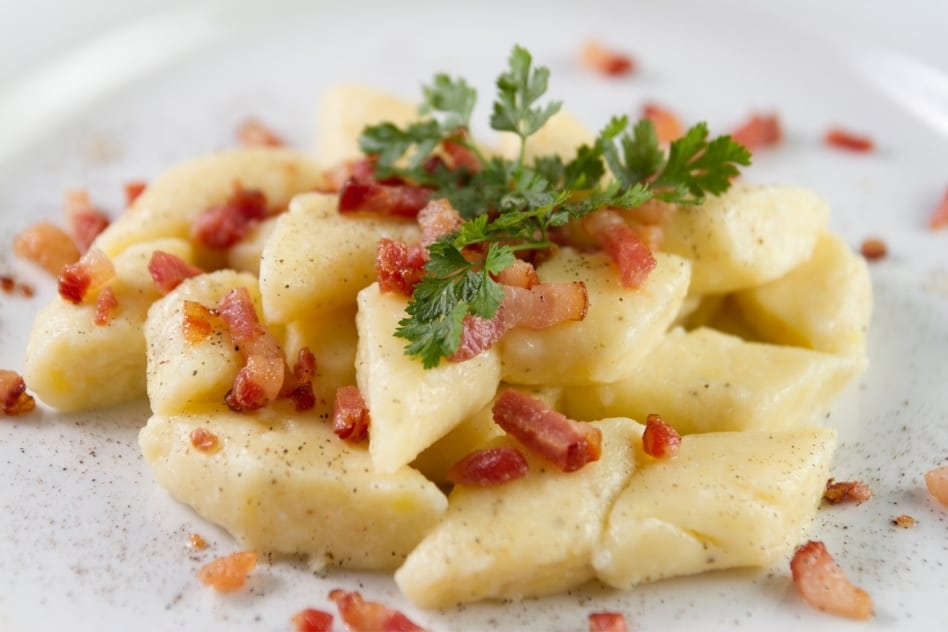
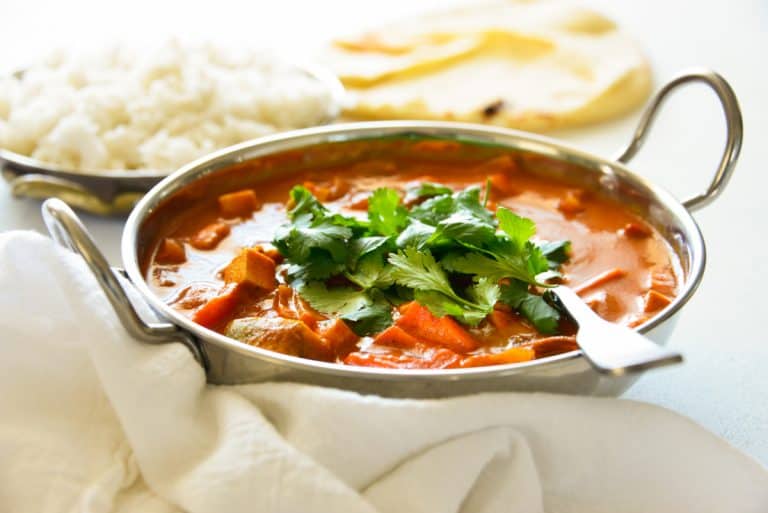
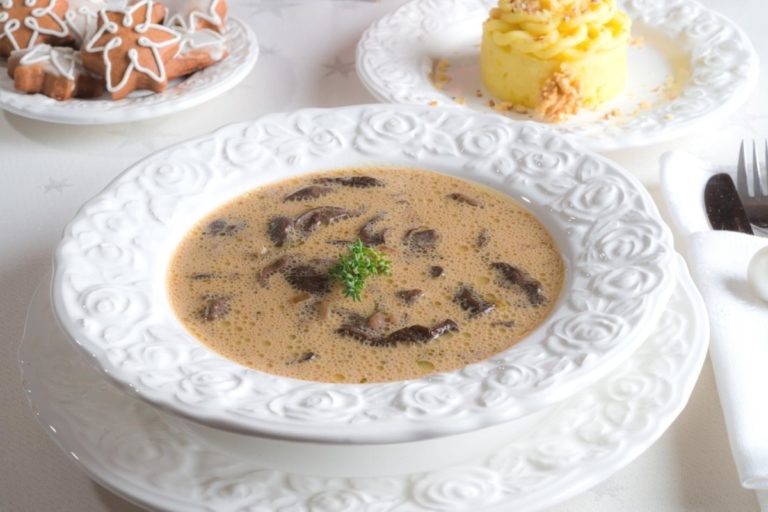


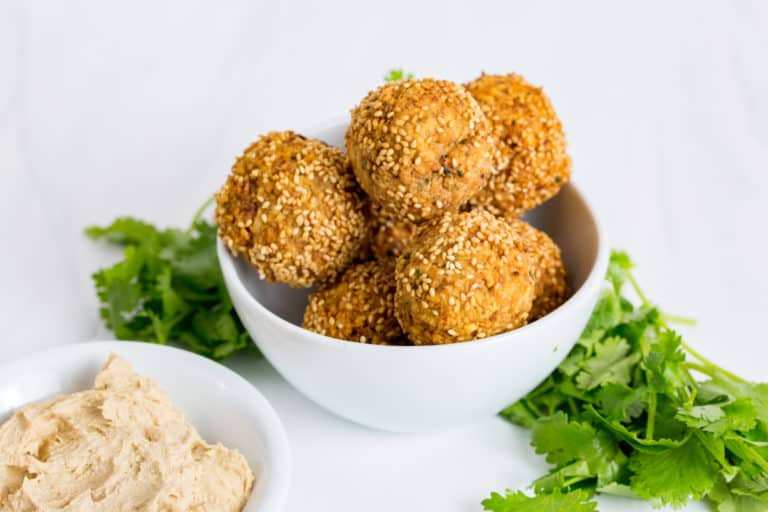
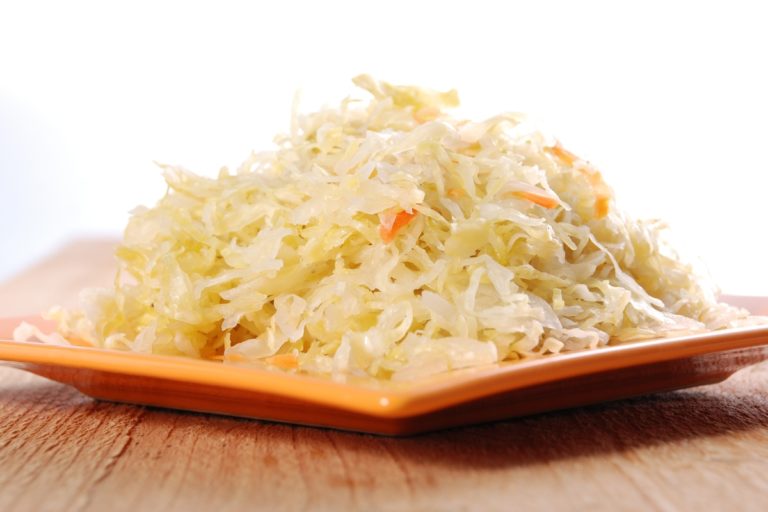

Nice post and I appreciate your hard work.
King regards,
Thomassen Schneider
Oh these sound delicious! I am part polish but don’t know much about polish foods, unfortunately. I wasn’t very close to my grandma. I’d love to go to Poland some day, though! These Kopytka sound really good, I’m excited to try them! Pinning to remember 😊
I love this. Even though my grandmom was Polish, I never tried these dumplings. They looks so tasty and not difficult to make.
Could you please put me on your mailing list ty
yum! I’ve never had polish potato dumplings, I will try these out!
This recipe looks great! I love trying any sort of ‘dumplings’, and these look delicious! I like the idea of adding a bit of spinach, too. You mention they can be sweet or savory. What sweet sauce or topping do you recommend?
You can never, ever go wrong with potatoes, especially in dumpling form!
These look so fun!! I didn’t know Poland had their own version of gnocchi. Very keen to try it out 🙂
In our home we called noodles made with potatoes kluski na pyrka. If you know about various regions of Poland you will automatically know my people are from the Poznań region. The same with Polish pancakes were referred to as placki na pyrka.Some of my family were from the Polish and German border who used cartofle instead pyrki.
Can you make them Vegas style not using the egg and replace it with a substitute and if so what is the substitute?
I have no clue what’s Vegas-style, but traditionally in Poland you cannot replace the egg because something has to act as a binder. But… you could try a commercial egg replacement – any you can find.
@Adam Jay, I’ve made them without eggs, but you need to knead them longer, add a touch more flour, and get them into the boiling water ASAP, or they start “melting” apart if left to sit. The gluten in the flour, which is what holds them together, starts to relax so after twenty minutes or so, they start to melt into little pools of soft dough.
It has always been one of my favorite foods in our family
I am so glad to find these reciepes. I use to eat these w my Grandmother. As she has passed, the reciepes are gone too.
I made Gnocchi last night.. very similar to your recipe, I will try your version as my husband is Polish and requested this recipe his mom would make as a child.
Thanks,
MaryLou Kucner
Delicious! Your recipe is perfect. My dear uncle bought me the exact same stainless steel “ricer” more than twenty years ago, but we always only used it to make egg halushkis or potato halushkis (works GREAT for both). Thanks to you, I now have another wonderful use for it. Thank you for sharing so many wonderful recipes with us!
I never made these before. After visiting Poland this past spring, I had some friends over for some polish cuisine. I made golabki and the dumplings. They came out perfectly. My friends loved them and the golabki too. I love Polish cuisine and being Polish.